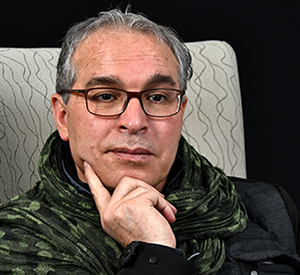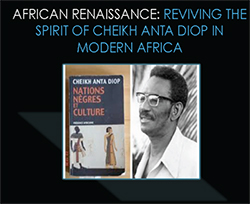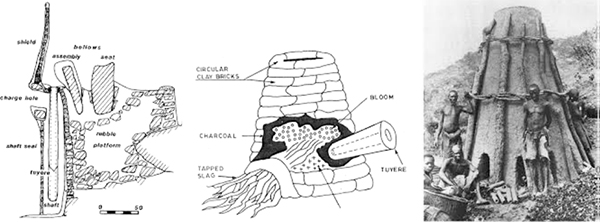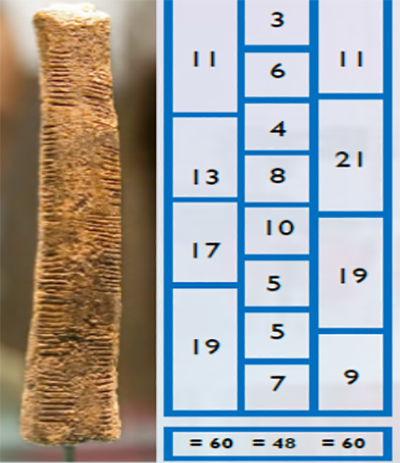

Prof Malik Maaza, Incumbent: UNESCO-Unisa Africa Chair in Nanosciences and Nanotechnology
Unisa's School of Interdisciplinary Research Graduate Studies in the College of Graduate Studies (CGS) recently hosted a webinar to acknowledge the contribution of African scientists.
This continuation of events, aimed at honouring black excellence in the sciences, began in May with Africa-month celebrations, and connected those occasions to the CGS’s flagship programme in the "Indigenous epistemology" seminar series. The theme of the webinar was central to recognising Africa’s historical contribution to science and, in particular, that of black scientists to modern science.

Prof Malik Maaza, incumbent of the UNESCO-Unisa Africa Chair in Nanosciences and Nanotechnology, delivered the keynote address, walking in the footsteps of Cheikh Anta Diop by arguing that, despite its size and the diversity of its nations, the contributions of the African continent and how it is portrayed in the global North are often distorted. Maaza emphasised the strategic importance of Africa, and the voice it has - and ought to have - on the world stage, through its 54 member states.
Referring to the pigment technology which Africans developed and used for rock painting, he explained that it required not only artistic talent, but also knowledge of pigment science, emulsion science and geometry. He further touched on the application of metallurgy and engineering work, where iron, gold, bronze and other metals were melted, flattened and made malleable, before being used to craft sculptures/masks and other ornaments, in Timbuktu (Mali), Ashanti (Ghana) and Mapungubwe (South Africa).

The crafting of metal required furnaces and Maaza showed how Africans applied special skills in developing such structures to melt metals, long before furnaces were first used in Birmingham, in the United Kingdom.

In his address, Maaza expressed an appreciation for mathematics, highlighting the importance of ethno-numeracy in creating the artistic beauty found in woven and other designs. Mathematical rotation involves complicated geometric interweaving, with limited resources, yet it was (and is still) done successfully by the Sona (Angola), the Makhuwa (Mozambique) and the Sotho people (South Africa).
Before honouring modern African scientists, Maaza referred to scientific concepts in use in ancient Africa that eventually gave birth to modern-day barcoding. In this regard, the Ishango Bone is proof of the advanced mathematics and counting which were already employed in Africa during ancient times.

* By Tonny Matjila, Research Training & Development Officer, College of Graduate Studies
Publish date: 2021-08-30 00:00:00.0